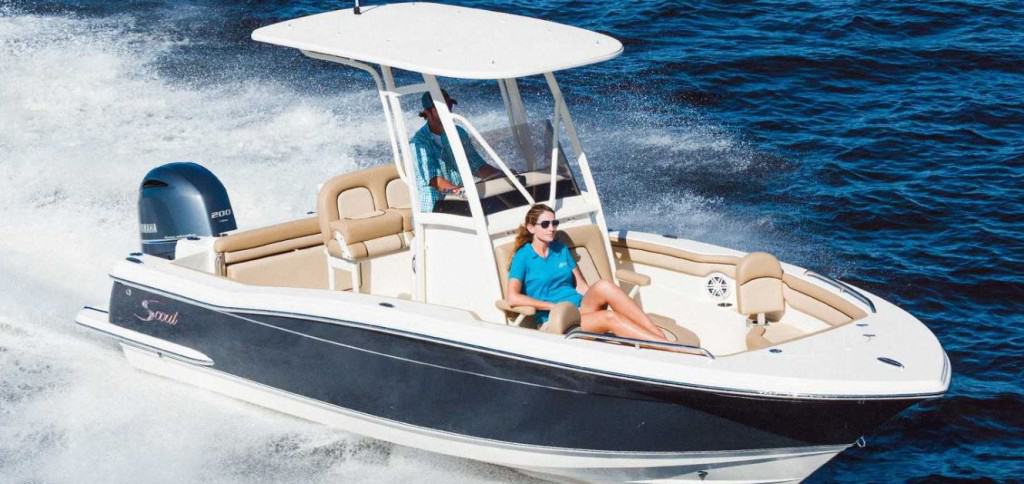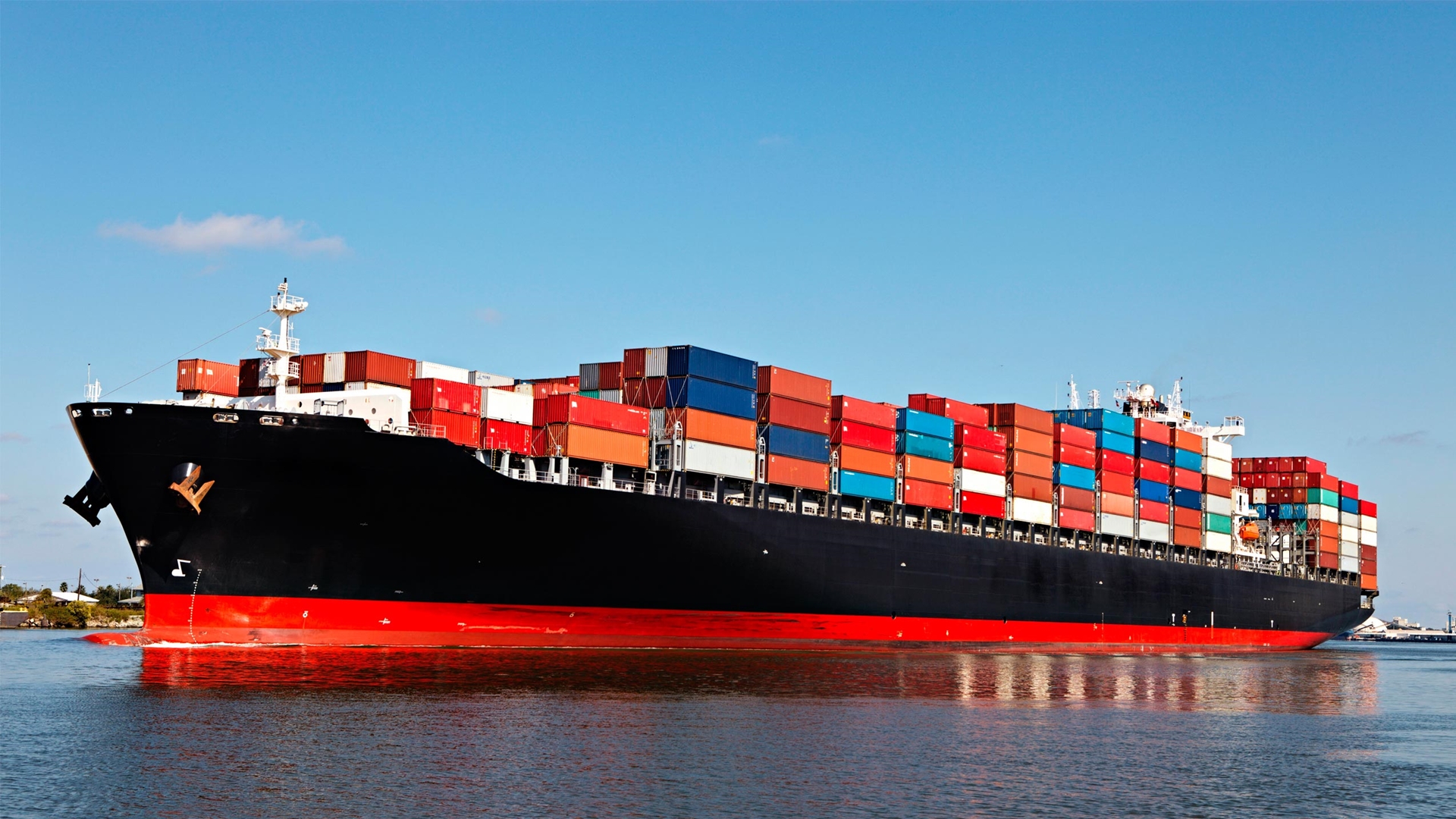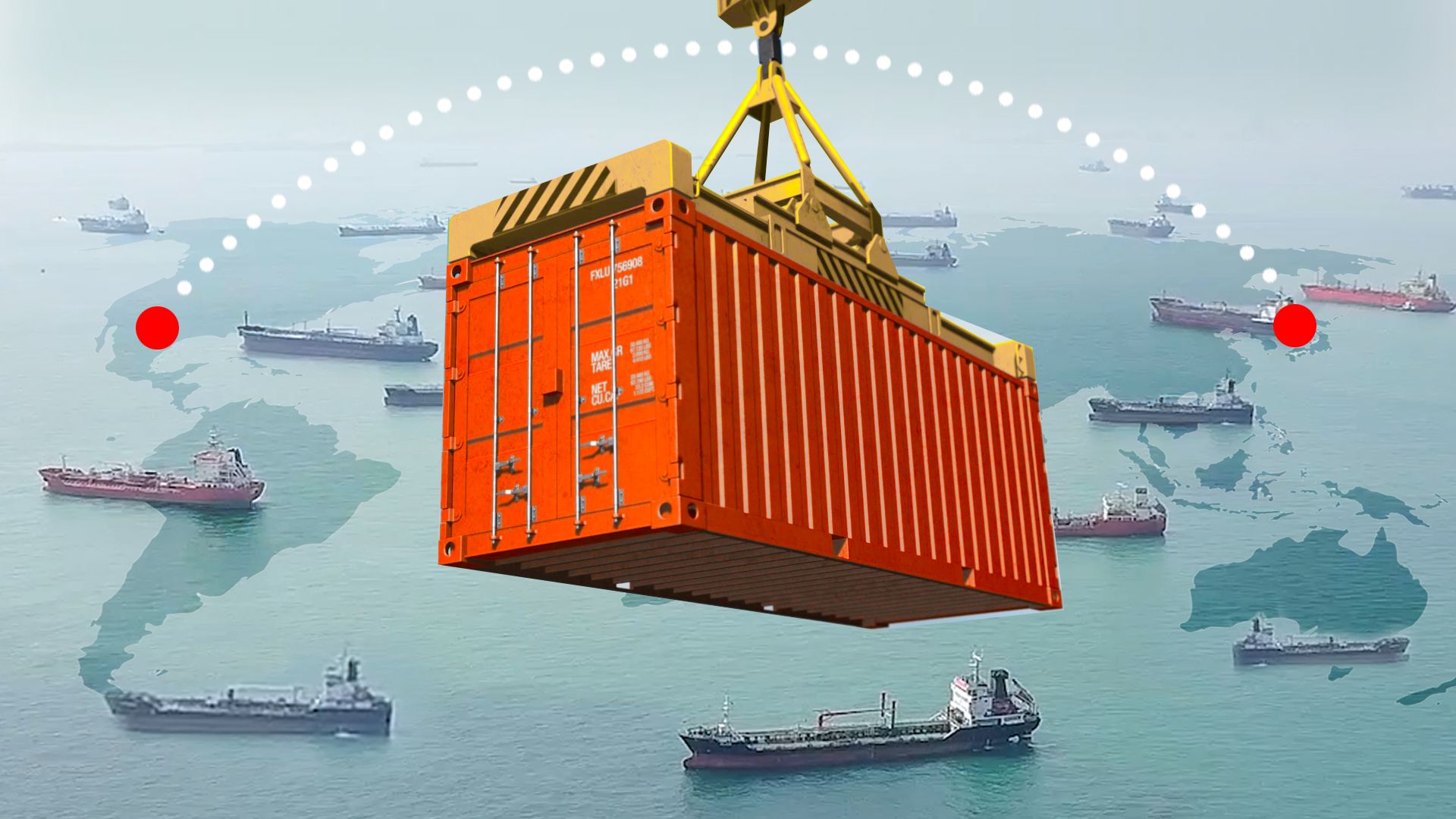Tender boats are an essential part of many larger boating operations, providing a reliable means of transportation between a primary vessel, such as a yacht or cruise ship, and the shore. While they may not be as glamorous or high-tech as their larger counterparts, tender boats play a crucial role in ensuring that boaters and passengers can easily access remote locations, perform maintenance tasks, or simply enjoy some leisure time on the water. With a range of sizes, designs, and features, tender boats are versatile, practical, and integral to many boating experiences.
In this article, we will explore what tender boats are, their various uses, types, and why they are so essential for larger vessels and maritime activities.
What is a Tender Boat?
A tender boat is a small, usually lightweight boat that is used to transport people and supplies between a larger vessel (such as a yacht, cruise ship, or oil rig) and the shore or other boats. Tender boats are often launched from the primary vessel via a crane, davit, or a launching platform, and they provide access to areas that may not be accessible by larger boats due to shallow waters, narrow channels, or lack of docks.
The size and design of a tender boat can vary, with some built for speed, others for comfort, and still others for utility. Regardless of the specific type, all tenders serve a common purpose: to help passengers, crew, and equipment get from one point to another when direct access is not possible due to the limitations of the primary vessel.
How Do Tender Boats Work?
Tender boats work by being transported or launched from a larger vessel, often using a crane or a built-in launch platform. They are typically powered by an engine—whether an outboard or inboard motor—and are capable of navigating smaller bodies of water, shallow regions, or areas where larger boats cannot operate effectively.
- Launching the Tender: The tender boat is lowered or launched from the larger vessel using a crane or davit. In some cases, the larger vessel may be equipped with a platform or ramp for the tender to be launched directly.
- Propulsion: Once in the water, tender boats are powered by either an outboard motor (mounted externally) or an inboard engine (mounted internally). Outboard motors are often preferred for smaller tenders because they are easier to maintain and provide greater flexibility.
- Navigation: Tender boats are often used for short-distance travel between the larger vessel and the shore. They are designed to maneuver easily in tight spaces and shallow waters, making them ideal for transporting passengers and goods when docking at marinas or beaches.
- Returning to the Mother Ship: After performing their task—whether it’s transporting passengers, supplies, or even personnel for maintenance—the tender boat returns to the larger vessel. Depending on the setup, the boat may be hauled back onto the larger ship using a crane or ramp.
Uses of Tender Boats
Tender boats serve a wide variety of functions, and their uses can vary depending on the type of larger vessel they accompany. Some of the most common uses for tender boats include:
1. Passenger Transportation
One of the most common uses of a tender boat is transporting passengers between a larger vessel and the shore. This is particularly important when the larger vessel is anchored offshore or when there is no available dock. Tender boats provide a fast and efficient means of getting passengers to land, whether they are going on an excursion, visiting local attractions, or disembarking at a port.
2. Shore Transfers for Cruise Ships
On cruise ships, tender boats are often used to take passengers from the ship to remote islands or destinations where the ship cannot dock. These tenders are equipped with comfortable seating and are designed for safe and efficient travel, allowing guests to explore destinations even in areas with no major harbor infrastructure.
3. Excursions and Recreational Activities
Tender boats are frequently used for recreational activities such as exploring nearby coves, fishing, or water sports. Yacht owners often use tender boats to reach places that larger yachts cannot access, such as shallow beaches or hidden coves. In this sense, tenders can serve as versatile vehicles for adventuring, sightseeing, and enjoying the outdoors.
4. Maintenance and Crew Transportation
Tender boats are essential for transporting crew members and maintenance personnel to and from a large vessel, especially when the primary boat is docked far from the shore or in an area with limited access. They are also used for performing necessary tasks such as checking the hull, cleaning, or carrying equipment to and from the ship.
5. Emergency Operations
In emergency situations, tender boats are used for rescue operations, evacuations, or as auxiliary boats for larger vessels that may need assistance. Their ability to operate in shallow water and tight spaces makes them crucial during critical situations when time is of the essence.
Types of Tender Boats
Tender boats come in various types and designs, each suited to specific tasks or environments. Some of the most common types of tender boats include:
1. Rigid Inflatable Boats (RIBs)
Rigid inflatable boats (RIBs) are one of the most popular types of tender boats, known for their durability, versatility, and speed. RIBs feature a rigid hull combined with inflatable sides, making them incredibly stable and capable of withstanding harsh conditions. Their high maneuverability and ability to navigate both calm and rough waters make them a favorite for many boaters.
- Key Features: Inflatable sides, rigid hull, fast and stable.
- Ideal Use: Transportation, water sports, rescue operations, and excursions.
2. Classic Wooden Tenders
For those who value aesthetics and tradition, classic wooden tenders offer a more elegant and timeless look. These boats are often custom-built and can be found on luxury yachts. While they may not be as fast or durable as RIBs, they offer a charming and luxurious feel, often with varnished wooden finishes and classic designs.
- Key Features: Wood construction, elegant design, vintage appeal.
- Ideal Use: Luxury yachts, leisure cruising, and style-oriented owners.
3. Aluminum Tenders
Aluminum tenders are lightweight, durable, and resistant to corrosion, making them ideal for long-term use in marine environments. These tenders are easy to maintain and are often used for practical tasks such as transportation to shore or fishing excursions.
- Key Features: Lightweight, corrosion-resistant, and low-maintenance.
- Ideal Use: Workboats, fishing trips, and transport.
4. Folding Tenders
Folding tenders are portable and compact boats that can be folded or collapsed for easy storage. These tenders are perfect for yacht owners who need a functional boat but have limited storage space on board. Despite their folding design, they can still be powerful and functional when in use.
- Key Features: Compact, foldable, space-saving design.
- Ideal Use: Smaller yachts, boats with limited storage, and those looking for convenience.
5. Luxury Tenders
Luxury tenders are often highly customized boats that provide an upscale experience for yacht owners and guests. These boats may feature luxurious seating, high-end finishes, and state-of-the-art navigation and entertainment systems. They are designed for style, comfort, and smooth performance.
- Key Features: Luxury finishes, comfort-oriented design, advanced technology.
- Ideal Use: High-end yachts, exclusive experiences, and luxury transportation.
Benefits of Tender Boats
Tender boats offer several advantages that make them indispensable for larger vessels. Some key benefits include:
1. Accessibility
Tender boats provide easy access to areas where larger boats cannot go, including shallow areas or places without a dock. This is particularly useful when a yacht or cruise ship is anchored offshore or in remote locations.
2. Versatility
Tenders are incredibly versatile, serving a variety of functions from transportation to recreation. Whether you’re taking a quick trip to shore, engaging in water sports, or enjoying a scenic tour, tender boats are adaptable to different needs.
3. Safety
Tender boats are also a critical component of safety on larger vessels. They can be used for evacuations, rescue operations, and providing quick access to safety in emergency situations.
4. Convenience
With a tender boat, getting from the primary vessel to the shore becomes a convenient and efficient process. Tender boats are often faster and more practical than relying on larger ships or waiting for port services.
5. Enhanced Experience
For those on board luxury yachts or cruise ships, tenders enhance the overall experience by allowing passengers to access hidden beaches, secluded coves, and explore places that are otherwise difficult to reach. They also offer a unique way to enjoy water-based activities and excursions.
Conclusion: The Unsung Hero of the Water
Tender boats may not receive the same attention as larger vessels, but they are an essential component of many boating adventures. From transporting passengers and crew to providing access to hard-to-reach places, tender boats offer unmatched versatility, practicality, and convenience. Whether used for transport, recreation, or emergency purposes, tender boats remain a vital tool for sailors, yacht owners, and adventurers alike, ensuring smooth, accessible, and enjoyable water experiences.





